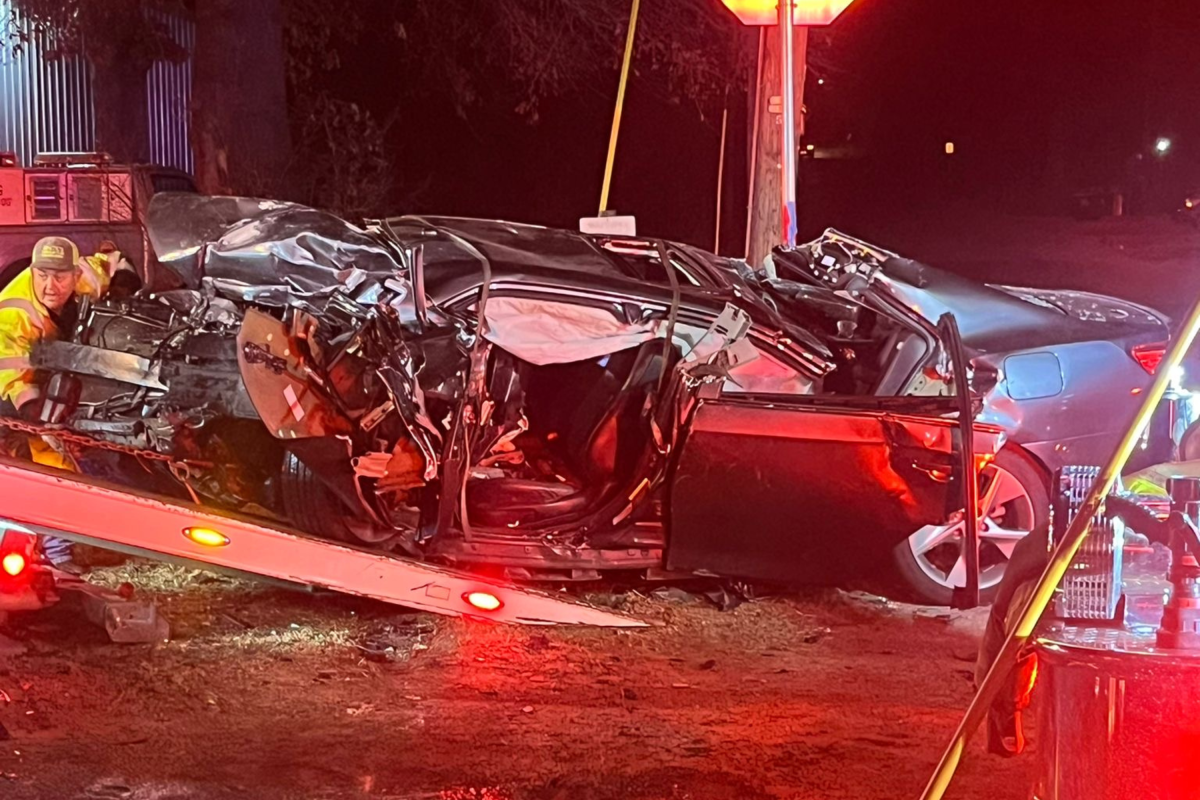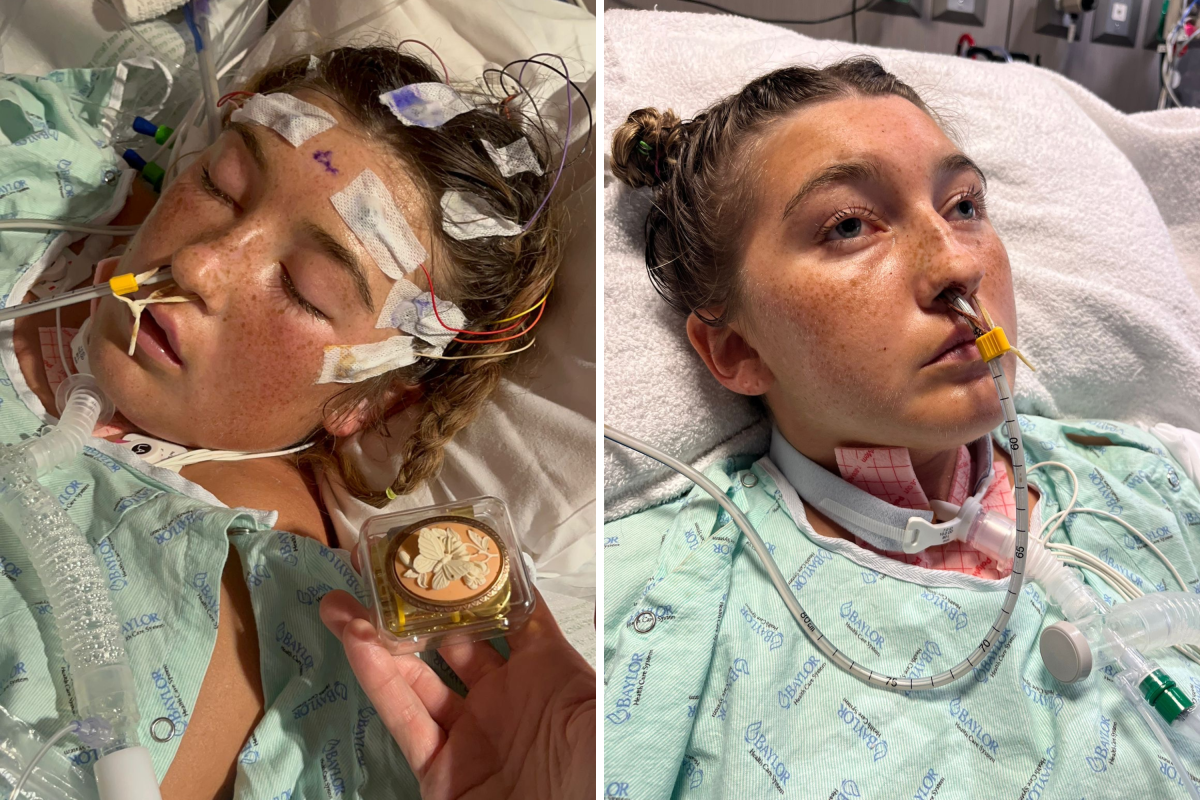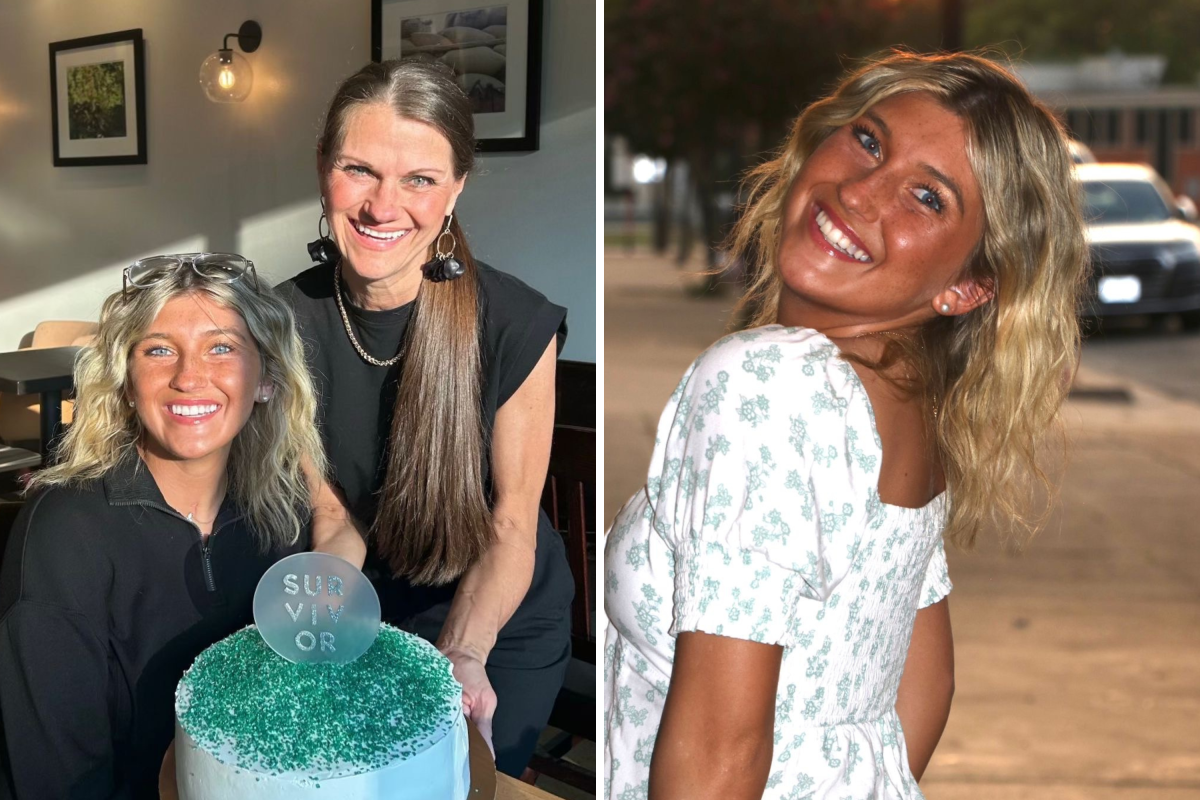January 19 marks a year since Melissa Jordan’s worst nightmare. She received a call from paramedics stating that her daughter Natalie, then 21, had been involved in a serious collision on a highway.
“It was pure agony,” she told Newsweek. “I can’t describe it.”
After being cut out of her smashed-up vehicle, the college student was life-flighted to a hospital almost two hours away from her family home in Loughton, Texas.
Newsweek spoke with her 53-year-old mother about her daughter’s fight for her life and the heartbreaking moments she faced while coming to terms with the possibility of returning home for good without Natalie.

“At first, we didn’t think anything life-threatening,” she said. “She was covered in cuts and had broken bones, but her vital signs were good.
“She wasn’t responding to commands, but she was in an induced coma, so we were waiting for her to respond to touch.”
During the first four days in the hospital, Natalie underwent surgery on her hip, femur and hand. She was supposed to have surgery on her foot, but a CAT scan revealed a severe brain injury.
“We were told she may never wake up as she had the worst kind of brain injury called diffuse axonal injury (DAI),” explained Jordan, adding: “We were also told if she does wake up, then she may be like a toddler.
“We almost wanted to disappear; it was very hard.”
What Is a Diffuse Axonal Injury?

According to Johns Hopkins Medicine, a diffuse axonal injury (DAI) occurs when the brain’s long nerve fibers (axons) are torn due to the brain shifting and rotating within the skull during an injury. This type of injury often results in a coma and affects multiple areas of the brain.
DAI is a type of traumatic brain injury (TBI) caused by blunt force trauma. Research states that TBI is a leading cause of death and disability among children and young adults in the U.S., with over 1.5 million cases reported annually.
On the fifth day in a coma, Natalie aspirated, which led to a snowball effect of health problems. She developed methicillin-resistant Staphylococcus aureus (MRSA), a potentially dangerous type of staph bacteria that is resistant to certain antibiotics and may cause skin and other infections. This led to pneumonia and acute respiratory distress syndrome (ARDS), a life-threatening lung injury that allows fluid to leak into the lungs.
“My sister Lori, is a nurse, and she said there’s about a 5 percent chance Natalie will survive,” said Jordan, a patient care coordinator.
Fortunately, a doctor managed to arrange an ECMO machine transfer, which ultimately saved her life.
What Is an ECMO Machine?
ECMO (extracorporeal membrane oxygenation) machines provide prolonged cardiac and respiratory support to patients whose heart and lungs are severely damaged and cannot sustain life on their own.
“It is unheard of for someone to do that,” said Jordan, adding: “ECMO machines are few and far between. So that is a miracle in itself.
“We were no longer focused on the brain injury and worried sick about her lungs. They were filled with fluid,” said Jordan.
On January 31, Natalie was transferred three hours away from her family home to Dallas. There, she developed sepsis. The potentially life-threatening condition caused by the body’s extreme response to an infection. It can lead to tissue damage, organ failure and death if not treated promptly.
“I was so scared about what else might happen as we kept getting more bad news,” said Jordan, who wasn’t wrong, as her daughter also developed a blood clot in her left leg when the ECMO machine was removed.
‘She Miraculously Recovered’

After 26 days, Natalie came out of the coma and lost her eyesight for a week. However, things soon started to look up, and the family’s hope was restored.
“Doctors were monitoring her brain waves and told us she is going to get better,” said Jordan.